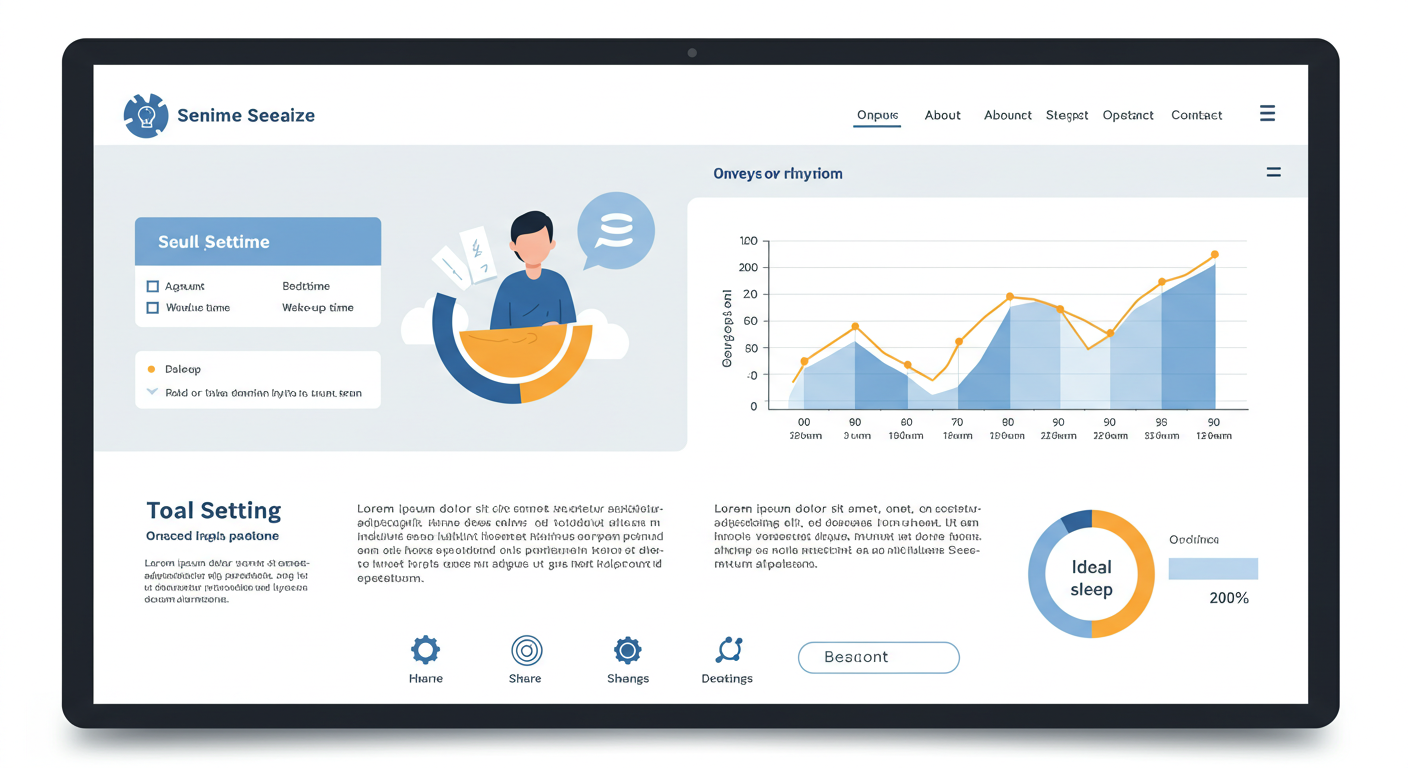Hope is defined as the feeling of expectation and desire for a particular thing to happen. It is a powerful emotion that can provide us with the motivation we need to keep moving forward when times are tough.
When we feel hopeful, our outlook on life becomes more positive, and we become better equipped to handle challenges that come our way. Many great thinkers throughout history have recognized the importance of hope, and have relied on it to achieve great things.
Definition.
The definition of hope can vary depending on who you ask. Some might define it as an optimistic attitude towards life, while others might describe it as a feeling of expectation for good things to come.
Regardless of how one defines hope, it is clear that it plays an essential role in human experience. Hope allows us to envision a better future for ourselves and those around us, making it a vital element in our pursuit of happiness and fulfillment.
Importance of hope in life.
Hope has been shown to have numerous benefits for individuals across all walks of life. It can improve mental health by reducing anxiety and depression symptoms while increasing well-being and optimism regarding one’s future.
Additionally, research has found links between higher levels of hope and increased resilience against stressors such as chronic illness or job loss.
Hope also provides meaning and purpose in life by giving individuals something to strive towards – whether that be personal growth or helping others.
This article will explore the power behind this meaningful emotion- how hope has been used throughout history to inspire people from all walks in life; what defines “hope”; its importance within our day-to-day lives; along with various types such as realistic verses false hopes or active versus passive hopes; while offering strategies for cultivating sustainable relationships with this powerful emotion.
The Power of Hope.
Transforming Perspective.
Hope has the power to transform our perspective on life. When we have hope, we are able to see a future that is full of possibilities and opportunities. We are able to view the obstacles in our lives as challenges that can be overcome, rather than insurmountable barriers.
This change in perspective allows us to approach life with a sense of optimism and positivity, even in the face of adversity. Research has shown that having hope can have a significant impact on our overall well-being.
People who have high levels of hope tend to experience lower levels of stress and anxiety, and they have better coping mechanisms when faced with difficult situations. Studies also suggest that people who have hope are more likely to engage in behaviors that promote their physical and mental health, such as exercising regularly or seeking medical care when needed.
Overcoming Adversity.
Hope is often what enables people to overcome adversity. In times of crisis or difficulty, it can be easy to feel overwhelmed or defeated.
However, when we maintain hope, we are able to keep moving forward despite these challenges. There are countless examples of individuals who have overcome tremendous obstacles through the power of hope.
For instance, Nelson Mandela spent 27 years in prison for his activism before eventually becoming the first black President of South Africa. His unwavering belief in justice and equality kept him going through years of imprisonment and oppression.
Another example is Malala Yousafzai, who was shot by Taliban militants for advocating for girls’ education in Pakistan. Despite her injuries, she continued her activism from her hospital bed and went on to become an internationally renowned advocate for education rights.
These stories illustrate how hope can inspire us to persevere through even the most difficult circumstances. They remind us that no matter how challenging our circumstances may seem, there is always a way forward as long as we hold onto hope.
The Science behind Hope.
The Role of Neurotransmitters in Hope.
Hope is a complex emotion that involves a number of different neurotransmitters in the brain. One of the key neurotransmitters involved in hope is dopamine.
Dopamine is often referred to as the “reward” neurotransmitter, and is associated with feelings of pleasure, satisfaction, and motivation. It plays a key role in our ability to experience optimism and hope for the future.
Another important neurotransmitter involved in hope is serotonin. Serotonin helps to regulate our mood and emotions, and plays a key role in our ability to experience positive emotions such as happiness, contentment, and hopefulness.
When serotonin levels are low, we may experience feelings of depression or anxiety. Norepinephrine is another important neurotransmitter involved in hope.
Norepinephrine helps to regulate our body’s response to stress, and plays a key role in our ability to cope with difficult situations. When norepinephrine levels are high, we may feel more alert and focused, which can help us maintain a sense of hopefulness even during challenging times.
How Positive Thinking Can Increase Levels of Hope.
Positive thinking has been shown to have a powerful impact on our levels of hopefulness. When we engage in positive thinking practices such as affirmations or visualization exercises, we activate the reward centers in our brain that are associated with feelings of pleasure and motivation.
Additionally, positive thinking can help us shift our perspective on difficult situations so that we see them as opportunities for growth rather than obstacles to be overcome. This shift can help us maintain a sense of optimism and hope even when faced with challenges or setbacks.
One study found that individuals who engaged in positive thinking exercises experienced increased levels of hopefulness over time compared to those who did not engage in these practices (Snyder et al., 2002). This research suggests that cultivating a positive mindset can be an effective way to increase our levels of hope and resilience in the face of adversity.
The science behind hope is complex and involves a number of different neurotransmitters and neural pathways in the brain. However, we can use this knowledge to our advantage by engaging in positive thinking practices that stimulate our brain’s reward centers and help us maintain a sense of optimism and hope for the future.
Types of Hope.
Hope is not a one-size-fits-all concept. It comes in many different forms and can vary in its level of intensity and effectiveness. This section will explore two major types of hope: realistic hope and false hope, as well as two approaches to cultivating hope: active hope and passive hope.
Realistic Hope vs False Hope.
One important aspect of hope is its realism. Realistic hope acknowledges the challenges that need to be overcome, while false hope ignores or denies them.
Realistic hope involves assessing the situation accurately, setting achievable goals, developing a plan of action, and taking steps toward achieving those goals. It allows for setbacks and difficulties along the way but ultimately remains focused on the possibilities for positive change.
False hope, on the other hand, involves wishful thinking without any basis in reality or action. It often involves denying or minimizing problems or obstacles that need to be addressed.
False hopes can create unrealistic expectations that can lead to disappointment and disillusionment when they are not realized. It’s important to recognize the difference between realistic and false hopes because it can affect our motivation levels when working towards our goals.
Active Hope vs Passive Hope.
Another way to think about types of hopes is through active vs passive approaches to cultivating it. Active Hope is a proactive approach whereby individuals take responsibility for creating a positive future by taking action towards their goals rather than waiting passively for things to happen.
In this approach, people actively engage with others who share similar values in order to work towards a shared vision. Passive Hope is more reactive where individuals wait for external factors such as time or opportunities for things like success or happiness without putting any effort into making them happen themselves.
While this form of hoping can be useful at times such as when dealing with grief over something we cannot control it’s less effective when trying to bring about change or progress. Both types of hope can play a role in our lives, but it’s important to recognize when we need to move from passive hoping to active hoping when we want to bring about change.
Cultivating and Maintaining Hope.
Strategies for cultivating and maintaining hope.
Hope is not something that can be manufactured or bought, it’s a state of mind that can be cultivated over time with consistent practice. Here are some strategies for cultivating and maintaining hope:
Mindfulness practices.
Mindfulness practices like meditation, yoga, and deep breathing exercises can help bring us into the present moment where we can focus on the things that matter most to us. These practices help us develop inner awareness, which allows us to stay centered and focused even in difficult times. Mindfulness also helps build resilience by giving us the tools to manage stress better.
Gratitude journaling.
Gratitude journaling involves writing down things you are grateful for each day. This practice helps shift our focus from what we don’t have to what we do have. When we intentionally focus on the positive aspects of life, it makes it easier to maintain a hopeful outlook even in challenging circumstances.
Positive affirmations.
Positive affirmations are statements that you repeat to yourself in order to reinforce positive beliefs and attitudes. Affirmations like “I am worthy” or “I am capable” help reprogram negative self-talk into more constructive self-talk.
By intentionally shifting our thoughts towards positivity, we create a more hopeful mindset where anything seems possible. Overall, cultivating and maintaining hope requires consistent practice over time.
These three strategies can help lay a foundation for building lasting hope in your life. By practicing mindfulness, gratitude journaling, and positive affirmations regularly, you will be better equipped to face life’s challenges with optimism and resilience.
The Dark Side of Hope.
When hope becomes toxic or harmful.
While hope can be incredibly powerful and transformative, it is not always a positive force. In some cases, hope can become toxic or harmful. This occurs when individuals become overly attached to their hopes and dreams, to the point that they are unable to acknowledge reality or let go of unrealistic expectations.
When this happens, hope can lead to disappointment, frustration, and even depression. One example of this is seen in people who hold onto false hopes for a loved one who is struggling with addiction.
They may believe that their love and support will be enough to save the person from themselves, but in reality, addiction is an illness that requires professional treatment. By clinging too tightly to the hope that their loved one will overcome their addiction on their own, they may inadvertently enable destructive behavior.
Examples from history and current events.
History provides many examples of how hope can be used for negative purposes. Nazi Germany harnessed the power of hope by promising a better future for its citizens while scapegoating marginalized groups like Jews and Romani people as the cause of all problems in society. This false sense of hope fueled atrocities such as the Holocaust.
Today, politicians often use hopeful rhetoric to gain support for policies or campaigns that ultimately do not benefit those they claim to represent. For example, promises of economic growth may sound hopeful but ultimately disproportionately benefit the wealthy while leaving marginalized communities behind.
It’s important to recognize when our hopes are unrealistic or potentially harmful so we can avoid disappointment or causing harm ourselves. By acknowledging reality while still striving towards our goals in healthy ways we can harness the power of hope without succumbing to its darker side.
Conclusion.
Hope is Essential to Life.
Hope is an essential part of life. It helps us to persevere in the face of adversity and gives us the strength to keep going when things get tough.
Without hope, life can seem bleak and overwhelming. However, cultivating and maintaining a healthy relationship with hope can be a challenge.
Cultivating a Healthy Relationship with Hope.
In order to cultivate a healthy relationship with hope, it’s important to understand the different types of hope and how they can be used. Active hope involves taking action towards your goals and dreams while passive hope involves waiting for good things to happen without any effort on your part.
Realistic hope acknowledges both positive and negative outcomes while false hope is based on unrealistic expectations. To maintain a healthy relationship with hope, you should practice mindfulness techniques such as deep breathing or meditation.
This will help you remain present in the moment rather than getting caught up in worries about the future or regrets about the past. Additionally, gratitude journaling can help you focus on what you have rather than what you lack, thereby increasing your sense of optimism.
An Optimistic View.
Hope is a powerful force that can help us overcome obstacles and achieve our dreams. While it’s important to cultivate a healthy relationship with this emotion, we shouldn’t be afraid to dream big or reach for the stars.
With patience, persistence, and an open mind, anything is possible – even when it seems like all odds are against us! So go forth and embrace your hopes and dreams – you never know what amazing things may come from them!
I am an accomplished author and journalist at Fact Finders Company . With a passion for research and a talent for writing, I have contributed to numerous non-fiction titles that explore a wide range of topics, from current events, politics and history to science and technology. My work has been widely praised for its accuracy, clarity, and engaging style. Nice Reading here at Fact After Fact.






